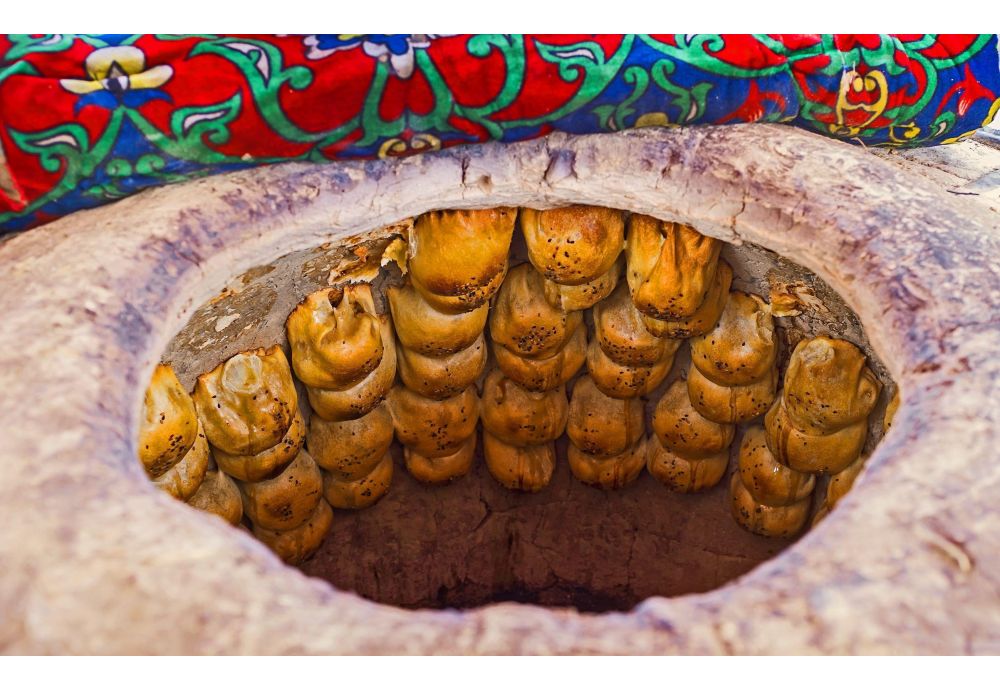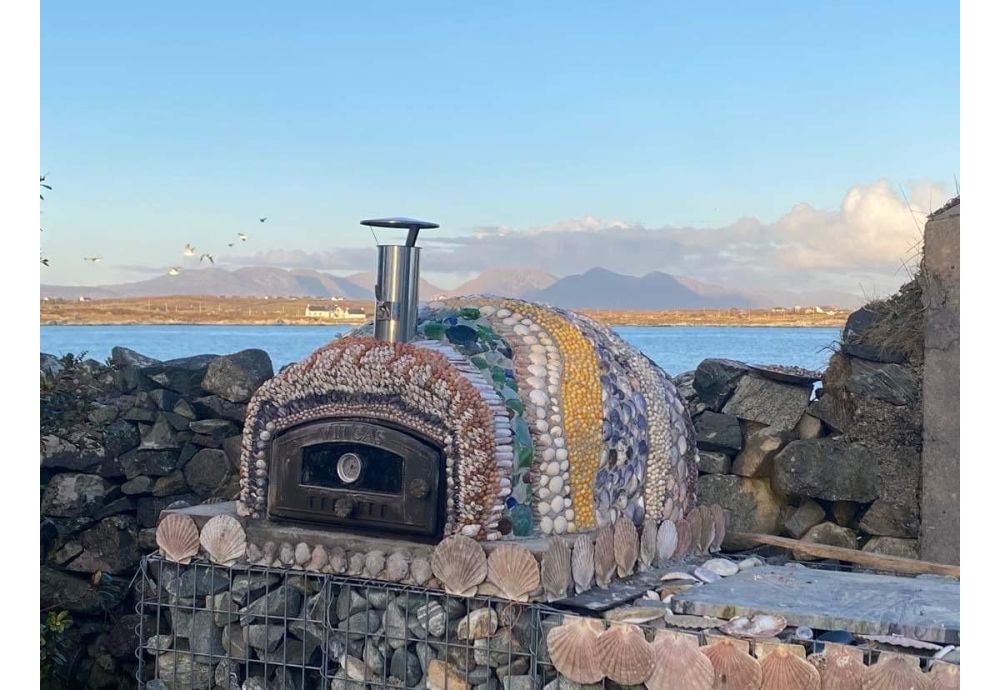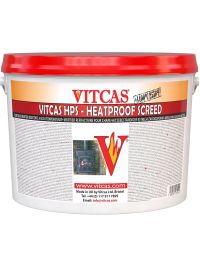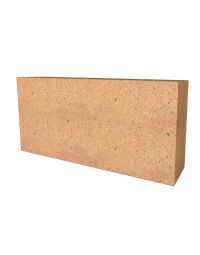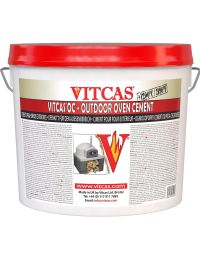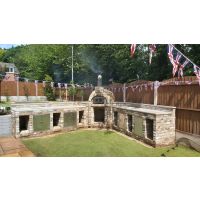There are many types of ovens in use today, but one of the most well-known is the tandoori oven or tandoor for short. The tandoor is a cylindrical oven with a slightly narrower top entrance, traditionally constructed out of clay. However, modern versions can be made from stainless steel casing as well. This style of oven developed in the Indus valley and became popular throughout South Asia. A tandoor is mentioned in the Book of Gilgamesh, one of the earliest works of literature ever to have been discovered, which dates from the eighteenth century BC. Just as communal ovens were a feature of many towns and villages in Europe until relatively recently, so communal tandoors are still to be found in northern India. Most notably, tandoors are used to bake the flat bread known as 'chapatis' as well as naan bread. However, you can now also find tandoors used for Central and West Asian cuisines.
If this is your first time hearing about the traditional tandoor, do not fret. This guide will help you learn everything you need to know to make your first use go as smoothly as can be.
What is a Tandoori Oven?
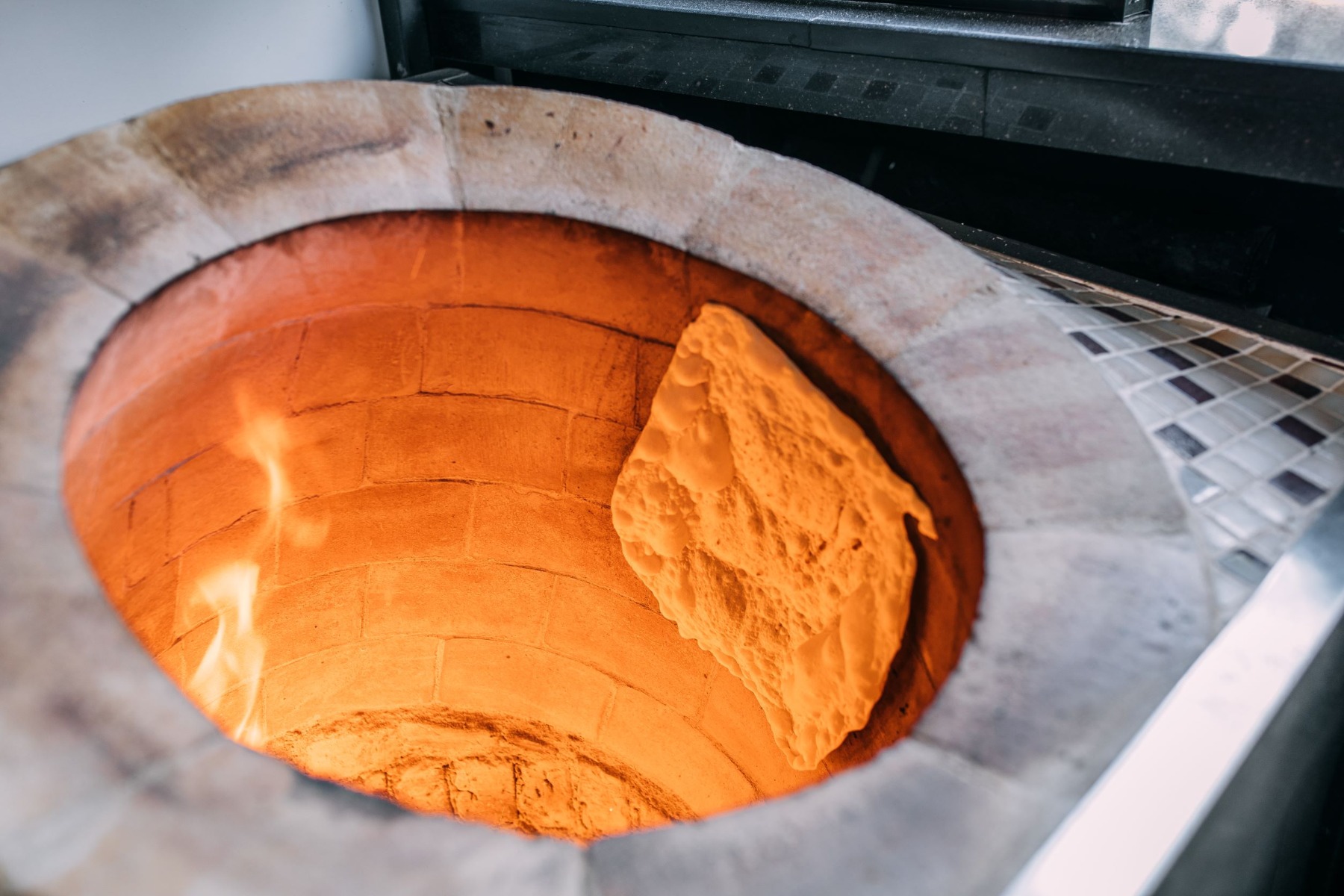
Popular dishes such as tandoori chicken are sometimes thought to get their name from the mix of spices used to create the typical red colouring, but it actually derives from the type of oven the food is cooked in.
A tandoor can be thought of as being little more than a very large clay pot in terms of its dimensions and shape. Traditional tandoors are made of clay. Tandoors are often constructed by excavating a hole deep in the ground or constructing a structure around the pit. The ceramic is used to build a raised platform, and a hole is drilled in the centre to accommodate the oven. In this case, the tandoor's opening is at the very top.
How does a Tandoori Oven work?
A bed of charcoal or a bed of wood fire is lit at the bottom of the tandoori oven and the clay absorbs the heat. The temperature inside the home tandoor may reach up to 500°C. The tandoori oven is fired for longer periods of time than most other ovens to maintain constant high cooking temperatures.
The true mystery lies in the fact that the heat inside can only be released through the top of this clay pot. The ceramic sides of its clay body reflect the fire's direct heat, increasing the heat's intensity that may reach high temperatures of even up to 500 degrees Celsius. It is buried or enclosed so that the heat may be retained and no one can come into contact with the area of the clay oven that is exposed to the environment.
What Can You Cook Using A Tandoor Oven?
Tandoor ovens are so versatile that they may be used to cook almost anything. There is no limit to the variety of marinades and spices that can go into making the perfect meal which can include everything from fish and lamb to mushrooms and zucchini. There are, of course, a select few meals that, when it comes to tandoor cooking, may be categorised as the staples. These are the following:
- Tandoori Chicken
- Tandoori Momos
- Naans
Particularly well-suited to being cooked in a tandoor is the making of naan bread. The dough adheres to the edge of the tandoor, where it bubbles up and chars to perfection, producing an appearance and taste that are authentic. Tandoors are so versatile that they may also be used to prepare packed naans and parathas with relatively little effort, as well as nearly any other recipe which you have been dying to try.
Preparation for cooking in a tandoor
When using a clay oven tandoor, the most difficult obstacle to conquer is the initial shock from the heat that is caused by the door being opened. It may take some getting accustomed to, if you are not used to a cooking method that involves extremely high temperatures.
In order to achieve the best performance, it is essential to keep a very small fire going for approximately half an hour with the lid off. This is done by slowly adding fuel (most commonly charcoal or firewood). This is to warm the inside of the oven including the walls, as that will be where the dough sticks to (if you are making naan, for example).
Flames can be gradually increased by adding more fuel e.g. charcoal or firewood, but they should never exceed the top of the tandoor. You should continue this process until three quarters of it has burned away.
Subsequently, the tandoor will have become black with soot and then once the temperature is high enough, the soot will be burnt off and the walls will turn white again.
Finally, you can start the cooking. You can stick the dough to the sides of the tandoor or hang your skewers with meats and vegetables on them. Just make sure you close the lid when cooking!
Cooking process in the tandoor
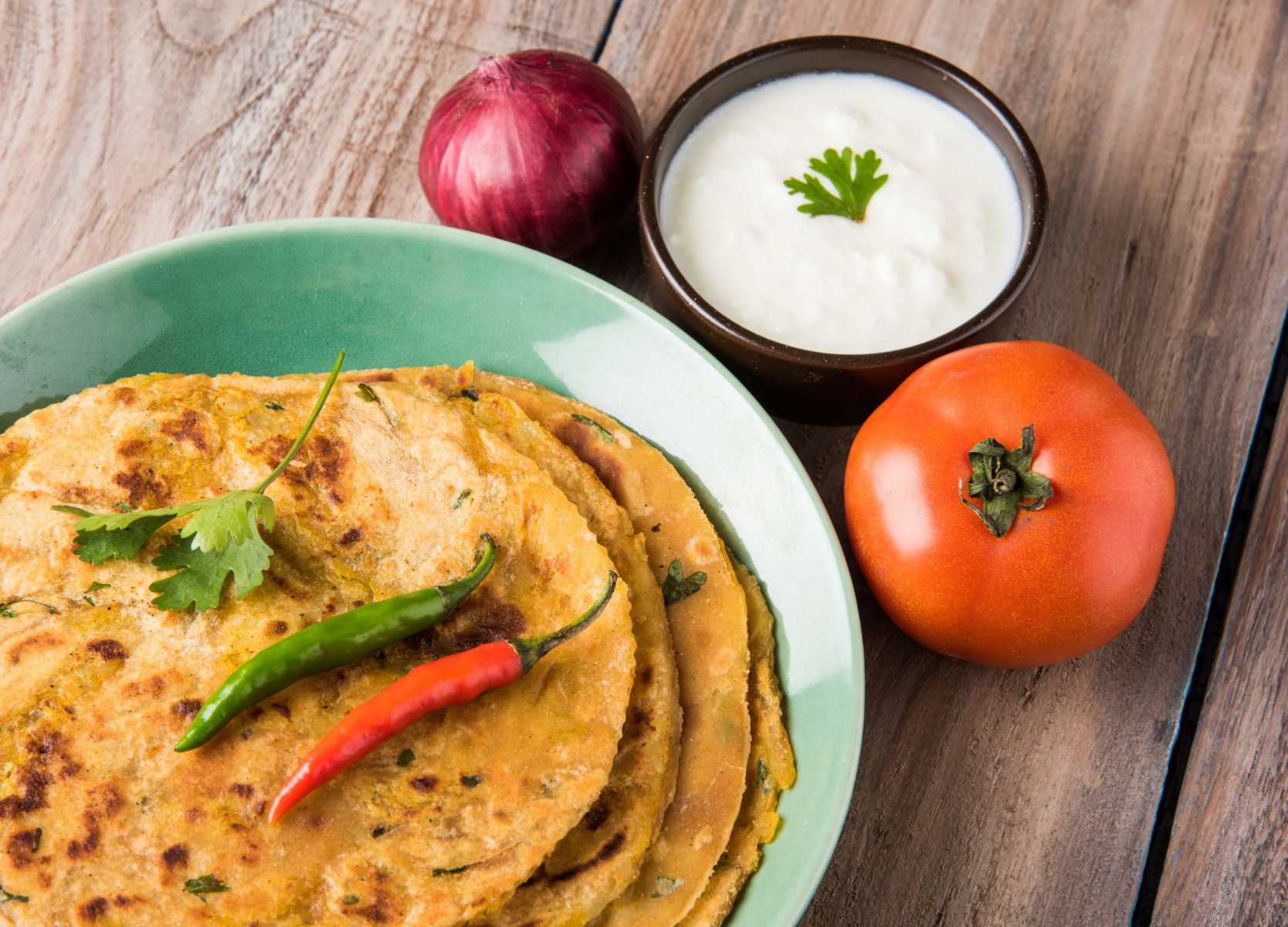
The process of cooking in a tandoor often entails meat and vegetables which are cooked on long skewers that are placed vertically in the oven, and flat breads are slapped against the inside walls of the oven about two thirds of the way up. The heat from the fire cooks in the manner of a grill while the clay walls help to circulate moist air, producing convection cooking which retains moisture within the food. As juices drip from the food, they produce smoke which further adds to the flavouring. This often gives the taste that comes from smoking food.
Originally wooden skewers were used, until the advantages of cast iron were realised. Nowadays, steel is the most common material and skewers are fitted with a wooden handle for ease of use. Their length is determined by the size of the oven but they are made in different thicknesses and shapes to suit different kinds of dishes. Cheese and shrimps are usually cooked on square ones so they don't slip off. Meat is more easily removed after cooking from round ones.
Modern developments in tandoori cooking include pizza plates which can be lowered horizontally inside a tandoor to create a real fusion of cuisines from around the world.
Traditionally, meat is left in a marinade of yoghurt and spices for several hours before cooking. A small piece of onion or potato is added to the end of the skewer to protect the meat from burning. Cooking is very quick, as a metal skewer conducts heat to the centre of the food.
For cooking naan and other types of flatbread, a gaddi is used to slap the dough against the oven wall. This is a pad of cloth over a wire frame. When the flatbread is heated in the clay oven and begins to cook, it puffs up and separates from the sides. This bread only takes a minute or two to cook and is then removed with a metal skewer that has two special rods. One has a flat end rather like a chisel, which is used to prise the bread from the oven wall. The other has a hook at the end which is inserted into the bread to stop it falling into the oven. It takes a bit of practice to get the technique right.
With the skewer vertical, a tandoor takes up less space than a barbeque or wood fired oven. This means that even those with a small garden can reconnect with traditional ways of preparing food and produce a whole range of flavourful and succulent dishes that everyone will enjoy.
Which Type Of Tandoor Is Better: Stainless Steel Casing Or Clay Oven?
When it comes to construction materials, clay is without a doubt the superior material for use in tandoor ovens when compared to stainless steel casing.
A clay oven has better performance and stores heat better than other materials. This quality of performance allows clay ovens to produce dishes with exceptional flavours and aromas. After all, the fact that something has been utilised for approximately 5,000 years is a very solid indication that it is successful!
It goes without saying that a clay oven is also more aesthetically beautiful in terms of its shape and the variety of patterns that it can come in. In addition to being a useful choice, handcrafted clay ovens are a decorative statement that can be added to the garden of any home because each of them has its own personality.
In order to achieve an even higher level of heat retention, we make use of chamotte clay (which can be used in the form of firebricks) or crushed stones with clay ovens. Fire bricks, in particular, are more resistant to pressure, heat and chemical attack. The clay oven will be more dependable and robust as a result, lasting you for years to come.
However, metal choices are still an improvement when compared to traditional barbecue grills. Nevertheless, we normally only advocate metal solutions when the primary issue is cost or indoor use rather than greater quality. Sometimes, tandoors are also made of stainless steel with a clay pot at the centre.
How To Clean A Tandoor Oven?
After you have finished cooking, you may clean your tandoor by letting it cool down, sealing its lid and side vent and avoiding using water. If you do use water, you could end up damaging the oven's interior. After the oven cools, sweep the ashes out of the vent with a broom.
Aside from that, we suggest giving it a thorough cleaning after about five uses, but be careful not to damage the clay lining on the inside.
Instead, produce a solution of salt and lukewarm water (about one tablespoon per litre), which you can apply with a towel or sponge after first wringing out any extra water. This is important to do because you do not want to leave your tandoori oven overly wet.
How to avoid hairline cracks?
Although hairline cracks can be normal, hardly noticeable and nothing to be too concerned about, there are some things you can do to avoid them. For one, if you gradually increase the temperature in the tandoor, fewer hairline cracks will appear. Slower is always better.
Portable Tandoors For Home Usage
The construction of a tandoori oven does involve some skill, so many people opt instead to purchase portable tandoori ovens from retailers. Due to the amount of room that they require, tandoori ovens are typically positioned in isolated, open areas.
They often include a wheeled cart and a set of skewers as standard equipment, in addition to a gaddi, a waterproof cover and a floor mat. They are ideal for use in the garden while preparing meals for the family or for hosting gatherings with friends. If you enjoy cooking and trying out new cuisines, investing in a tandoor would be a fantastic choice for you because it will allow you to add some diversity to the foods you prepare at home.
Advantages Of Tandoori Cooking
In addition to being scrumptious, cooking with a tandoori oven has a number of other advantages. The following is a summary of the wonderful aspects of tandoor cooking that will hopefully entice you to give it a try as soon as possible.
It Does Not Involve the Use of Oil
Meals that are prepared in a clay oven do not require the use of any oil, they just utilise the heat produced by the charcoal or woodfire. Tandoor cooking is a healthier method of preparing food and it does not add chemicals to the food that are used in other methods of cooking. In addition, the cooking process will not destroy the food's nutritional value in any way.
It Has A Unique Flavour Profile
Tandoor ovens impart an indescribably unique taste to the food that is prepared in them. The reason for this is because using a tandoor, which is a type of clay oven, is the only way to get the flavour that you want. Even better, dishes such as meats will retain its flavour even after they have been cooked.
Requires Little To No Upkeep
The tandoor barely requires any cleaning. All you need to do is change out the charcoal that was previously utilised.
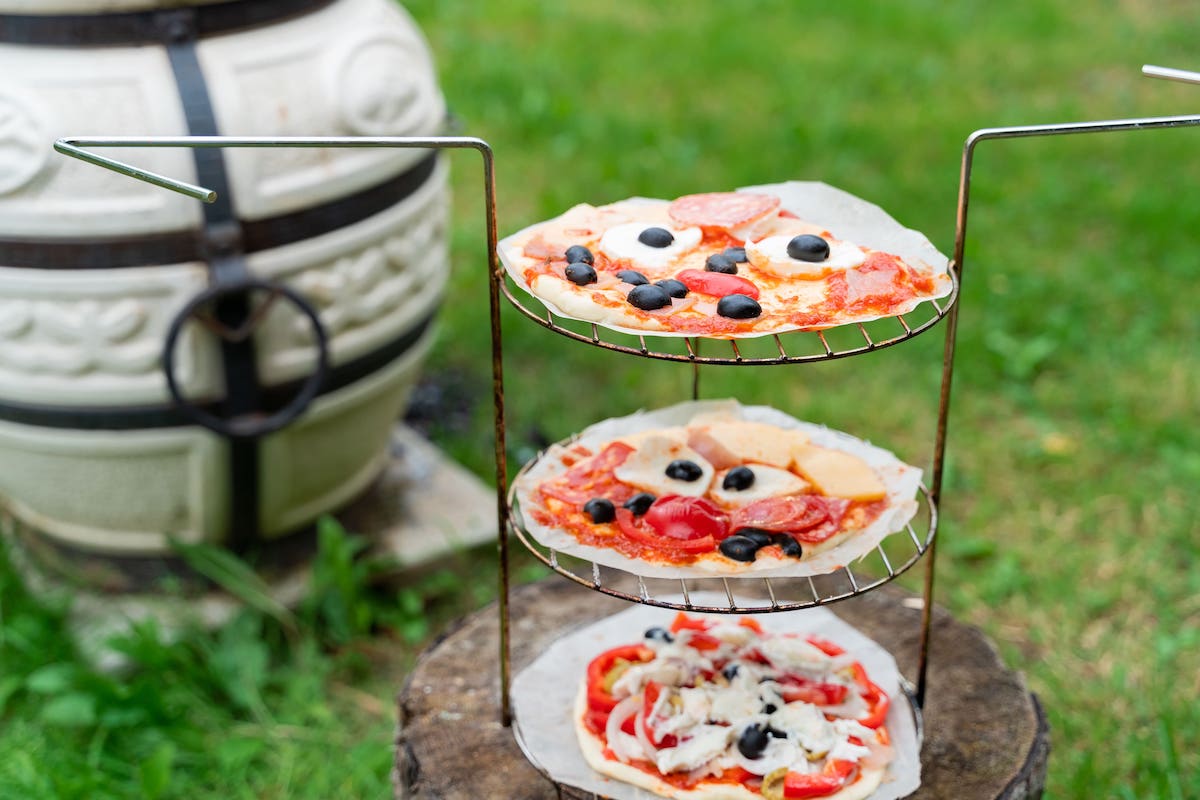
Conclusion
Any home cook would benefit from making the investment in a traditional home tandoor as part of their collection of equipment to enhance the cooking experience. The scrumptious flavour and flawless performance that result from tandoori grilling are unparalleled in comparison to those of any other cooking method.
For more of our materials, check out our Fireplaces and Stoves page.






